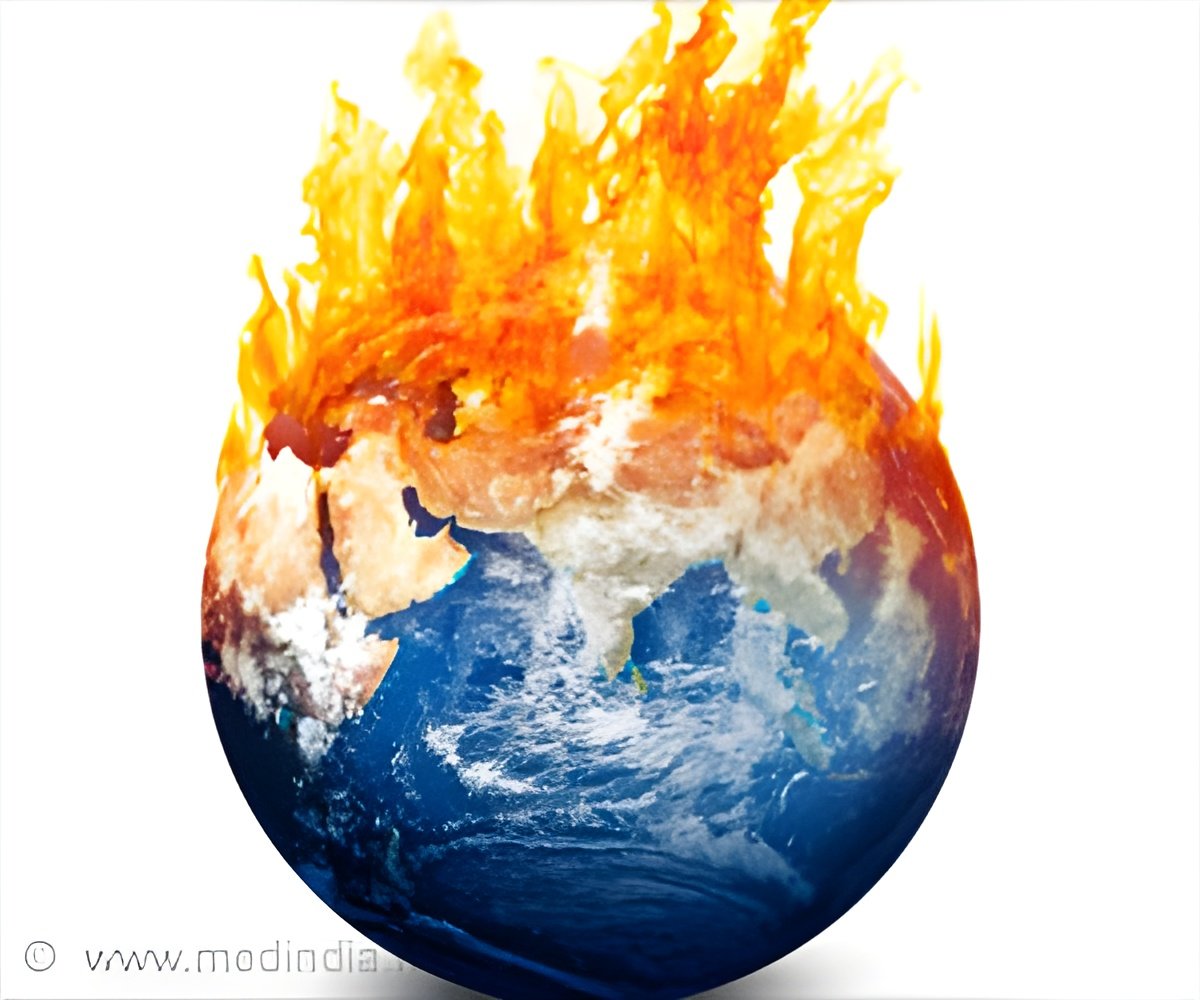
According to them, it would be hard to project sea level changes from Greenland ice melt until these patterns are deciphered.
A complete melt of the ice sheet would raise sea levels globally by about 7m, but it could take centuries for this to occur.
The last global climate assessment by the Intergovernmental Panel on Climate Change (IPCC) in 2007 said that "dynamic" melting - where ice loss suddenly accelerates, for example because sea temperatures rise - was too poorly understood to be accurately modelled.
The new Danish study is one of a number that have emerged since in an attempt to improve understanding.
In recent years, satellites have found fast rates of retreat in a number of Greenlandic glaciers, as well as an overall loss of mass as measured by the Grace mission, which detects minuscule changes in the Earth's gravitational field.
Advertisement
With the two most important satellite missions - Grace and ICESat - dating back less than a decade, there is obviously a danger that scientists will decipher accurately what is happening now and assume this is a constant pattern.
Advertisement
"We've used a combination of old aerial photographs from the 1980s to construct a digital elevation map, and recent satellite data. In this way we've been able to gain an overview of the thinning of the ice sheet over the last 30 years in northwestern Greenland," the BBC quoted Shfaqat Abbas Khan of the Technical University of Denmark, one of the project team, as saying.
The overall trend is a "pronounced" thinning - by 100-150m in most of the glacier outlets, by much less in between them.
About three-quarters of the ice mass lost across the northwest region during the second period of rapid decline - 2005-10 - occurred in the coastal zone.
The researchers were able to show that there was a relatively stable spell in between the two periods of rapid loss, and suggest that this part of Greenland may be entering another stable interlude.
Until the long-term pattern is resolved, they suggested, it would not be possible to forecast sea level rise from Greenland's water store with any accuracy.
"These variations in the amount of thinning that we are able to document since the 1980s make it difficult to predict how much the world's oceans will rise over a longer period of time - a century for instance - as a result of Greenland glacial melt-water runoff," said study leader Prof Kurt Kjaer of the University of Copenhagen.
"However, it is certain that many of the present calculations and computer models of ice sheet conditions that built upon a short range of years since 2000 must be reassessed.
"It is too early to proclaim the 'ice sheet's future doom' and subsequent contribution to serious water problems for the world," they said.
However, they concluded that it is likely that the Greenland ice is "becoming more sensitive" to rises in air temperature.
Source-ANI








